How Do I Find The Range?
Finding the range of a set of numbers is a fundamental concept in statistics and mathematics. The range provides a measure of how spread out the values in a data set are. It is a simple yet powerful tool that can give you a quick sense of the variability within your data. In this article, we will explore the concept of range, how to calculate it, and its practical applications.
Understanding the Range

The range is defined as the difference between the highest and lowest values in a data set. It is one of the simplest measures of dispersion or spread. The formula for calculating the range is:
\[ \text{Range} = \text{Maximum Value} - \text{Minimum Value} \]
For example, if you have a data set consisting of the numbers 3, 7, 8, 2, and 10, the range would be calculated as follows:
1. Identify the maximum value: 10
2. Identify the minimum value: 2
3. Subtract the minimum value from the maximum value: \( 10 - 2 = 8 \)
So, the range of this data set is 8.
Steps to Find the Range

1. Collect the Data: Gather all the numbers in your data set.
2. Identify the Maximum Value: Look through the data set and find the highest number.
3. Identify the Minimum Value: Look through the data set and find the lowest number.
4. Calculate the Range: Subtract the minimum value from the maximum value.
Practical Applications of the Range
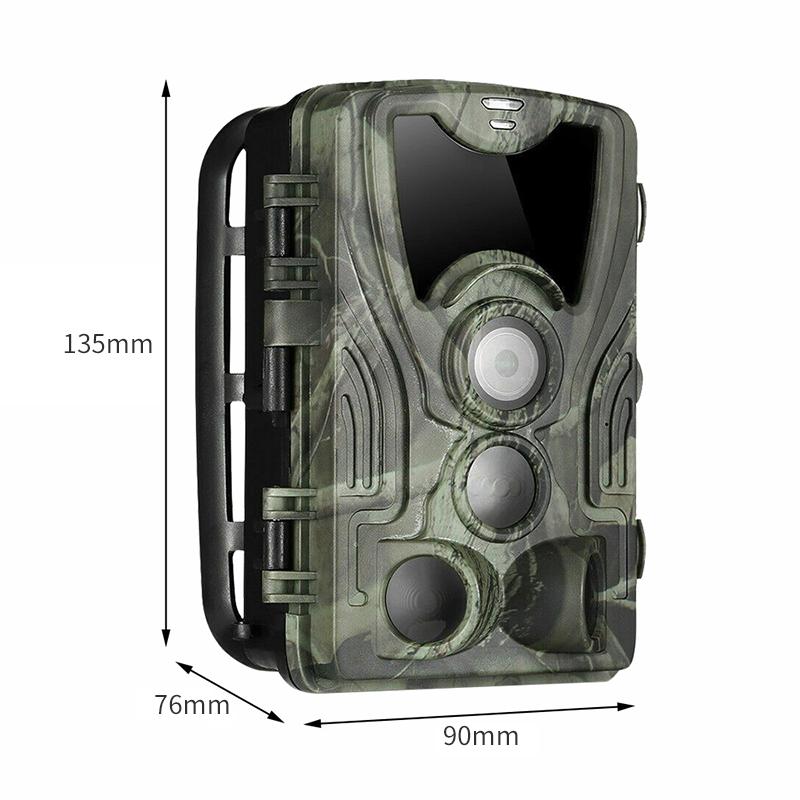
The range is used in various fields to understand the spread of data. Here are some practical applications:
1. Education: Teachers can use the range to understand the spread of students' test scores. For example, if the highest score in a test is 95 and the lowest is 55, the range is 40. This information can help teachers understand the variability in student performance.
2. Business: Companies can use the range to analyze sales data. For instance, if the highest sales in a month are $10,000 and the lowest are $2,000, the range is $8,000. This can help businesses understand the variability in their sales performance.
3. Weather Forecasting: Meteorologists use the range to understand temperature variations. For example, if the highest temperature in a week is 30°C and the lowest is 15°C, the range is 15°C. This helps in understanding the variability in weather conditions.
4. Sports: Coaches and analysts use the range to evaluate the performance of athletes. For example, if the fastest time in a race is 10 seconds and the slowest is 15 seconds, the range is 5 seconds. This helps in understanding the variability in athletes' performance.
Limitations of the Range

While the range is a useful measure of dispersion, it has some limitations:
1. Sensitivity to Outliers: The range is highly sensitive to outliers. An outlier is a value that is significantly higher or lower than the other values in the data set. For example, if you have a data set of 3, 7, 8, 2, and 100, the range would be \( 100 - 2 = 98 \). The outlier (100) significantly affects the range, making it less representative of the overall data set.
2. Does Not Reflect Distribution: The range does not provide information about the distribution of values within the data set. For example, two data sets can have the same range but different distributions. Consider the data sets {1, 2, 3, 4, 5} and {1, 1, 1, 1, 5}. Both have a range of 4, but their distributions are different.
3. Limited to Interval and Ratio Data: The range is only applicable to interval and ratio data, where the values are numerical and have a meaningful order. It cannot be used for nominal or ordinal data.
Alternatives to the Range
Due to its limitations, the range is often used in conjunction with other measures of dispersion, such as:
1. Interquartile Range (IQR): The IQR measures the spread of the middle 50% of the data. It is calculated as the difference between the third quartile (Q3) and the first quartile (Q1). The IQR is less sensitive to outliers compared to the range.
2. Standard Deviation: The standard deviation measures the average distance of each data point from the mean. It provides a more comprehensive measure of dispersion and is less affected by outliers.
3. Variance: Variance is the square of the standard deviation. It measures the average squared deviation from the mean and provides a sense of how much the values in the data set vary.
The range is a simple and quick measure of dispersion that provides valuable insights into the spread of data. It is easy to calculate and understand, making it a useful tool in various fields such as education, business, weather forecasting, and sports. However, it is important to be aware of its limitations, such as sensitivity to outliers and lack of information about the distribution of values. To get a more comprehensive understanding of data variability, it is often useful to use the range in conjunction with other measures of dispersion, such as the interquartile range, standard deviation, and variance.
By understanding how to find the range and its practical applications, you can gain valuable insights into the variability of your data and make more informed decisions. Whether you are a student, teacher, business analyst, meteorologist, or sports coach, the range is a valuable tool that can help you understand and interpret data more effectively.


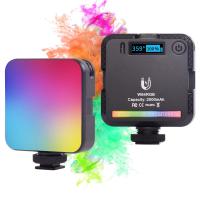

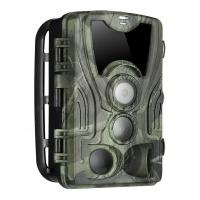

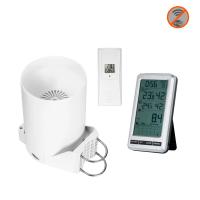





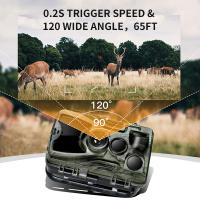







There are no comments for this blog.